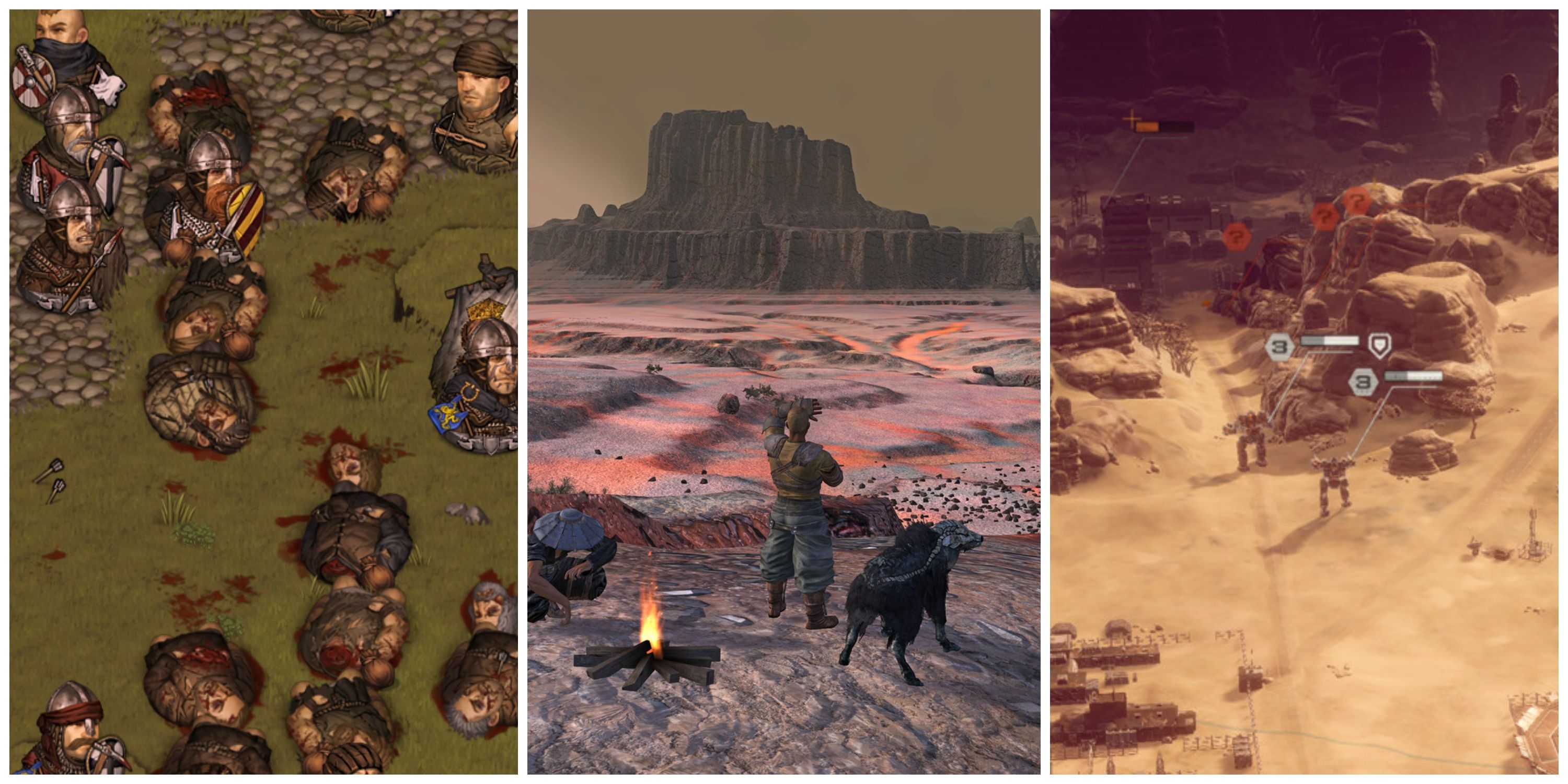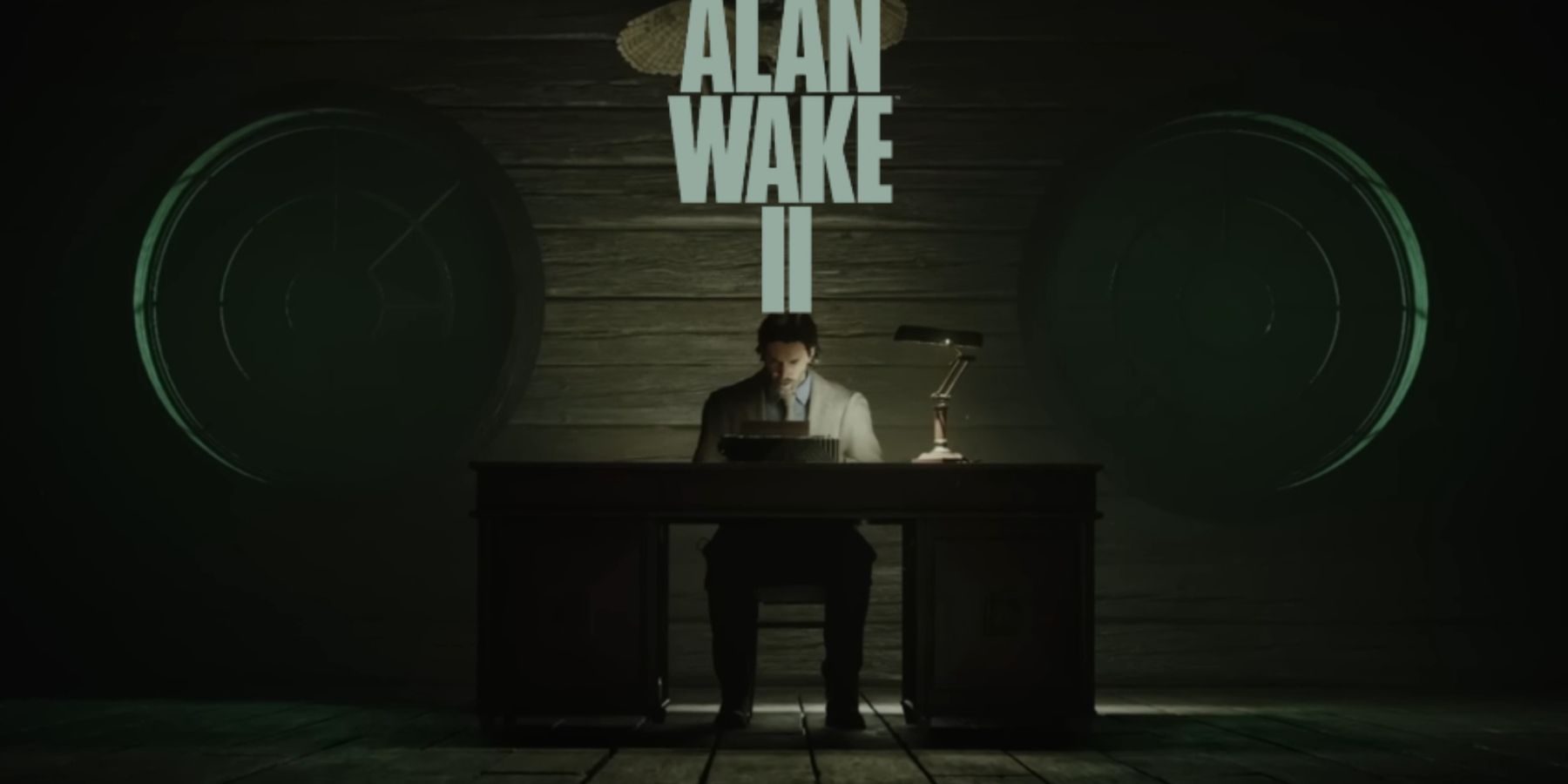Highlights
- Alan Wake 2 introduces multiple new gameplay mechanics and fully embraces the series' unique element of reality-bending writing.
- Writing becomes even more central in Alan Wake 2's plot, with time loops, different realities, and two interconnected storylines influenced by Alan Wake's writing.
- Players now have the ability to wield Alan Wake's paranormal power themselves, allowing them to shift reality and discover new scenes and plot ideas within the Dark Place.
In the last 27 years, Remedy Entertainment has put out a plethora of high-budget, high-quality video game experiences, and not one of them feels the same to play. Remedy is well-known for being a studio that likes to do things its own way, and that includes injecting each and every one of its games with at least one type of unique gameplay mechanic. In Max Payne, it was the revolutionary bullet-time mechanic, and in Control, it was the ability to levitate and use telekinesis. But Alan Wake 2 doesn't have just one unique gameplay feature, it has many.
The first Alan Wake had a lot of interesting narrative devices going on, but when it came to gameplay mechanics, it was a little lacking. Being an action-thriller game, Alan Wake's core gameplay loop revolved around blasting enemies away with guns, all while shining a torch on them to expose their weak points, the game's only truly unique gameplay gimmick. Alan Wake 2 not only improves on these light-based gameplay mechanics, but it also brings a handful of new gimmicks to the table, along with fully embracing the series' most unique element: Alan Wake's reality-bending writing.
Alan Wake 2 Finally Embraces the Hero's Reality-Shifting Abilities
How Alan Wake Handled Writing
Aside from its light-based action, the biggest gimmick of the Alan Wake series is the titular author's paranatural ability to shift reality around him through his writing. In the first Alan Wake, this ability is never really given to the player themselves, but rather used as a plot device. Alan Wake's inciting incident sees the character wake up from a car crash with no memory of where he'd been previously. Alan soon finds a piece of a manuscript titled "Departure," the name of the book he was planning to write.
The events in the book begin happening in real life, and it's revealed that Alan Wake has the ability to change reality with his writing. During the game, players can find pages of Departure as optional collectibles, with each one describing either the sequence they've just experienced, or one yet to come. While this core premise is an exciting and unique one, it was hard for some fans to really embrace it since they never wield the power themselves in-game.
Alan Wake 2 Finally Puts the Hero's Writing at the Forefront
In Alan Wake 2, writing becomes even more of a central plot point. Without spoiling too much, the core of Alan Wake 2's story deals with time loops, multiple different realities, and two protagonists' storylines that are separate, but somehow linked incredibly intrinsically. And this is all because of Alan Wake's writing. The further the player gets in Alan Wake 2, the more they'll discover just how much the titular writer's work has affected almost every facet of Alan Wake 2's story.
But by far the biggest difference this time around is that the player actually gets to wield this paranatural power for themselves. When controlling Alan Wake, players will find themselves trapped in the nightmare realm known as the Dark Place. Even here, Alan still has the ability to shift reality with his writing, and players are given that ability. When entering a new area of the Dark Place, players are told that a "New Scene" has been unlocked. Players will also discover new "Plot Ideas" by searching the environment. If they travel to the Writer's Room inside Alan's mind, they're able to mix and match different scenes and plot ideas.
Doing this completely changes the environment surrounding Alan. For instance, when inside a movie theater lobby, players can activate a plot idea that sees a cult flood the cinema and leave blood stains all over the wall, changing it from its usual, unbloodied appearance. Admittedly, the implementation of Alan Wake's paranatural writing isn't too extensive in the sequel, but it's an incredibly engaging way of delivering environmental puzzles while also embracing the series' most unique gimmick and showing just how powerful the ability is within the context of the game's narrative.





